A couple of months ago Tim and I visited Alaska, a much-anticipated destination I have been longing to go to for some time.

Our Alaskan adventure started in Anchorage, Alaska’s largest city. It’s the gateway to the wilderness, wildlife, glaciers and many of the small towns we visited. With a total population of 700,000 over half of Alaskans live in Anchorage, leaving only a smattering of people across the remainder of the US state.
Anchorage’s colourful history
It’s a modern town driven by tourism, however last weeks massive earthquake will put them on the back foot for a while. Prior to the advent of tourism the fur trade, railways, gold mining and timber supported the remote community for years creating a male dominated society- eight men to one woman in the 1930’s. This with prohibition created huge social problems further enhanced by an enterprising local who set up a drinking camp on the outskirts of the town. The proprietor took it upon himself to transport his clients, returning them many hours later totally inebriated.
The police did not have vehicles so were unable to reach the camp to arrest the participants or monitor the unruly behaviour. Legend has it there was a ‘killing a week’ and there were two varieties. Fist fights were frequent and sometimes escalated to a ‘shoot out, often fatal. The women also took the law into their own hands. It was not unheard of for a woman to arrive at the camp in search for her wayward husband and upon finding him in bed with another woman (usually a ‘lady of the night’) shoot him. Back then you got three years for attempted murder, but five years for killing a moose so it’s no surprise Alaska earned itself the title, ‘the last frontier’.
Leaving Anchorage, we travelled the coastal classic train journey on Alaskan Railways to the deep-sea port of Seward to start our cruise. In the double-decker Goldstar dome car, we enjoyed the 4-hour journey with a full-service breakfast including a caribou sausage. As we travelled parallel to the Turnagain Arm we were able to witness the second biggest tide in the world, 12 metres. With the tide out, we could see the extraordinary mud flats and currents so strong even ships struggle to battle the tides.

Arriving in Seaward, we boarded our Seabourn cruise where I had my first glimpse of the wildlife. A happy otter a with an octopus so large it struggled to hold it, lay on its back chewing it, providing an amusing display.

Following the farewell party we departed from Seward in the early evening to begin our wilderness journey through Alaska’s Inside Passage.
The next morning as I lay in bed I noticed white ‘things’ floating on the water outside. I got up and leant over the balustrade of our cabin and realised they were icebergs. Straining a little further over the balcony I could see the imposing Holgate Glacier. Its enormity made the ship look miniscule. I never imagined we would get so close to this gargantuan ice river cascading down the valley as far as the eye could see. But, what really took my breath away was the sheer size of aqua ice wall, reaching hundreds of metres above the ocean.

Holgate Glacier
Being an adventurer at heart, I’d signed up for a number of the expedition activities and the Holgate Glacier was the first.
Decked out in my winter woollies, standard issue jacket and life vest, I gingerly stepped from the mothership to the zodiac. As we advanced towards the face of the glacier there was a thundering sound. Turning, the glacier calved in front of us sending tonnes of blue ice deep into the ocean. At this point our guide explained the importance of staying 200-metre from the glacial face as not only does the glacier calve from above the ocean, but also below creating sizable wakes.

Sawyer Glacier
Over the next couple of days, we weaved in and out of many fiords, stopping at Haines and Juneau, the capital of Alaska before heading up the Tracy Arm to the Sawyer Glacier.
I decided to explore this glacier in a kayak, a totally different experience from the zodiac. Staying dry and warm was utmost so I squeezed into a dry suit, an incredible waterproof onzie, guaranteed to keep me dry even if I fell out of the kayak.

After the safety briefing the experienced expedition crew assisted us to transfer, two by two into double kayaks. Before heading off we practised our kayaking techniques, a back paddle and a couple of forward strokes to make sure we could negotiate this mine field of ice. Some of the icebergs move quickly in the currents so it was important to be able to manoeuvre around them to avoid a collision.

What I learnt was it takes hundreds of years for a snow flake to become glacial ice. Under the weight of a glacier, the snowflake is compressed and the air is squeezed out creating a different sort of ice. This incredibly dense ice reflects all the colours of spectrum except blue, giving it a translucent icy hue.
As we paddled our way around the chilling water seals frolicked alongside us, some sunbathing on the larger icebergs, but quickly diving for cover when we came for a closer inspection.
Over the duration of the cruise we visited many towns including Sitka, Wrangell, Ketchikan and more. For the native Alaskan people their lives have been one of isolation and endurance, but they have developed ways to survive and thrive. It is no surprise one in seven of the worlds small aircraft are in Alaska as it’s the only way to get around. There are over 600 airports and 3000 airstrips and this doesn’t even take into account the waterways for the float planes.
Our guide in Anchorage explained her brother-in-law was an aviation compliance officer. He flew into small towns in Alaska to renew the pilot’s licences. On arrival in one town there were 34 registered pilots, but he counted 96 small aircraft. She said it was not uncommon for the grandmothers to teach the kids to fly.
Alaska’s big five
Over the two-week cruise we were lucky enough to see Alaska’s big five; bears, humpback whales, orca, bald eagles and salmon. The orca and whales were plentiful as were the seals and otters particularly around Icy Strait Point. It was here too we saw bears river fishing for salmon. However, when the salmon have stopped running and the berries are gone in late autumn, they can create havoc in people’s backyards eating household rubbish as they are ferocious scavengers.


As we left Mendenhall Glacier in Juneau, having just seen a bear and her cub foraging in the undergrowth, a black bear ran in front of our vehicle and straight into someone back yard. The guide explained the ‘black bears’ have personalities like ‘labrador dogs’ and will be looking for food in preparation for the long winter hibernation. It is not unheard of for a bear to hibernate in someone’s basements without then even knowing.

Global Warming
The wilderness and wildlife of Alaska is like nothing I’ve ever seen before, yet I wonder how much longer it will remain. The glaciers are retreating at an alarming rate and the sea level is rising. Statistics from the Mendenhall Glacier show the glacier retreated 15 metres a year during the 1960’s, but in 2011 alone it retreated 140 metres. Even when I was there in late autumn the weather was unseasonably warm and dry. The rivers were so low it was difficult for salmon to swim upstream to spawn. If the 100,000 glaciers in Alaska continue to recede, they will not only have a dramatic effect on Alaska’s ecosystems, but also on the rest of the planet.

Don’t put it off any longer… book a cruise you’ll revel in the memories for the rest of your life.

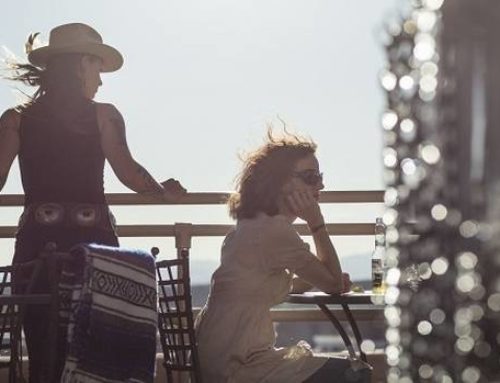
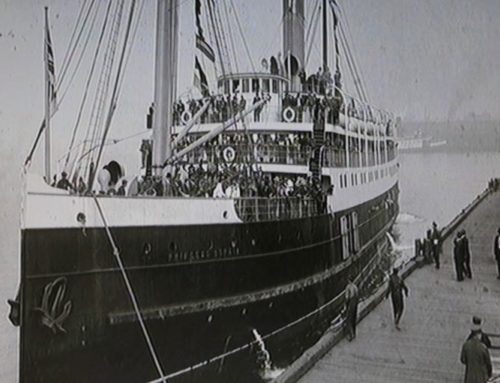
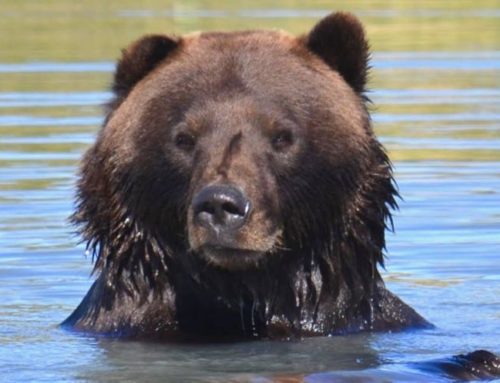
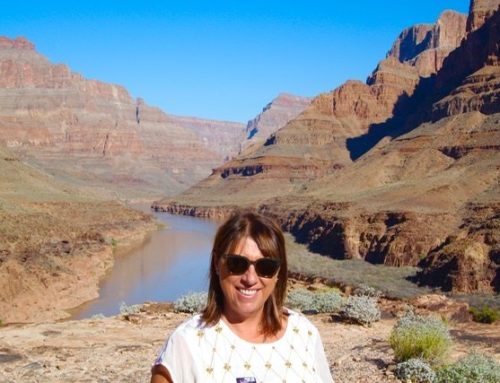
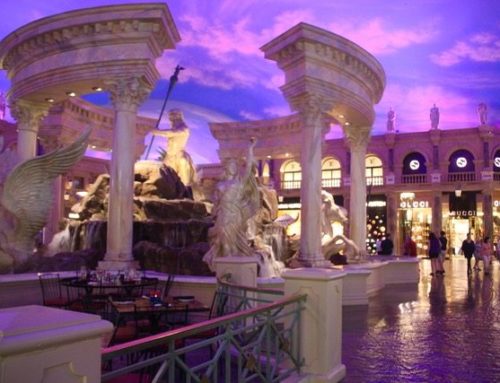
Leave A Comment